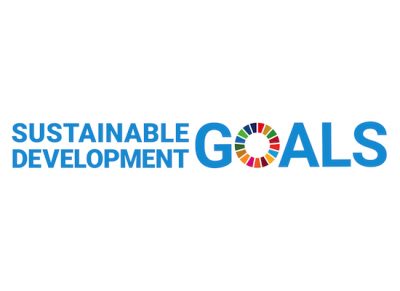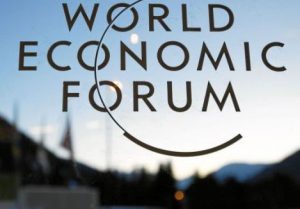Primary Functions
- Learn about progress achieved and remaining gaps for all 17 Sustainable Development Goals (SDGs).
Detailed Description
The 2030 Agenda for Sustainable Development provides a global blueprint for dignity, peace and prosperity for people and the planet, now and in the future. Three years into the implementation of the Agenda, countries are translating this shared vision into national development plans and strategies.
The Sustainable Development Goals Report 2018 highlights progress being made in many areas of the 2030 Agenda. Since the turn of the century, the maternal mortality ratio in sub-Saharan Africa has declined by 35 per cent and the under-five mortality rate has dropped by 50 per cent. In South Asia, a girl’s risk of marrying in childhood has declined by over 40 per cent. And, in the least developed countries, the proportion of the people with access to electricity has more than doubled. Globally, labour productivity has increased and unemployment rate decreased. More than 100 countries have sustainable consumption and production policies and initiatives.
However, the report also shows that, in some areas, progress is insufficient to meet the Agenda’s goals and targets by 2030. This is especially true for the most disadvantaged and marginalized groups. Youth are three times more likely to be unemployed than adults. Less than half of all children and adolescents meet minimum standards in reading and mathematics. In 2015, 2.3 billion people still lacked even a basic level of sanitation service and 892 million people continued to practise open defecation. Close to 1 billion mostly rural people still lack electricity. In sub-Saharan Africa, the HIV incidence among women of reproductive age is 10 times the global average. Nine out of 10 people living in cities breathe polluted air. And, while some forms of discrimination against women and girls are declining, gender inequality continues to hold women back and deprives them of basic rights and opportunities.
Too many people still lack access to safely managed water supplies and sanitation facilities. Water scarcity, flooding and lack of proper wastewater management also hinder social and economic development. Increasing water efficiency and improving water management are critical to balancing the competing and growing water demands from various sectors and users.





